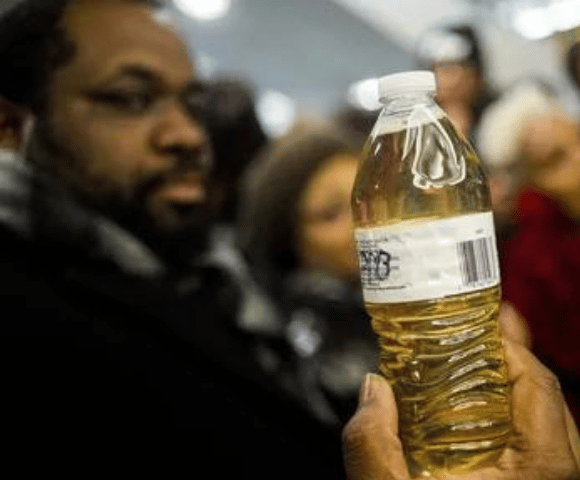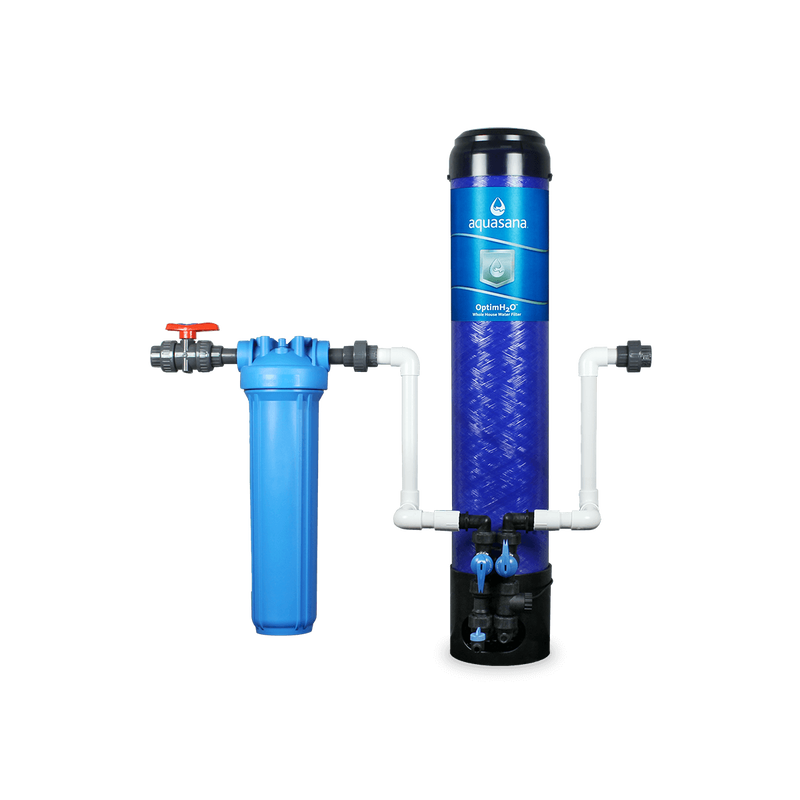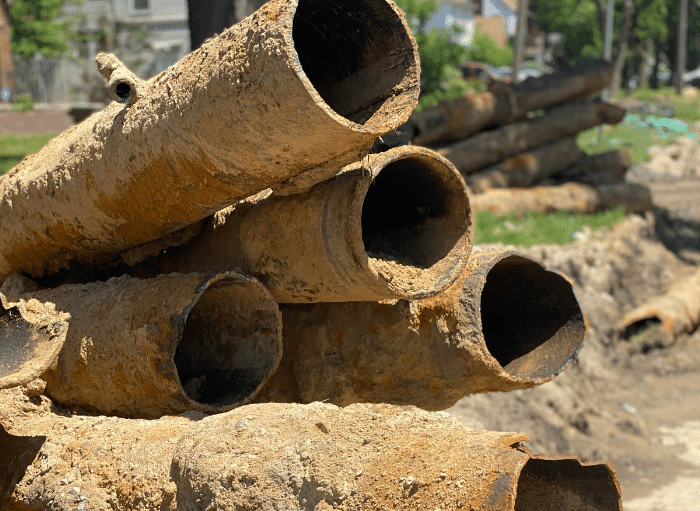Just over a decade later, in Flint, Michigan, city officials were considering a switch from one water provider, Detroit Water, and Sewerage Department, to the Karegnondi Water Authority in a move that would save the city money. As a part of the transition, the city of Flint was set to switch back to temporarily sourcing its public drinking water from the Flint River.
After transitioning to using Flint River water, residents began complaining about the water quality. It wasn’t until about one year after complaints first started that a research team from Virginia Tech tested water at several Flint homes and found ‘serious’ levels of lead in the water.
As of early 2018, the Michigan Department of Environmental Quality announced that lead levels in Flint’s public drinking water fall below the national limit for the first time since the crisis began.
By the end of 2018, more than 15,031 pipes have been redone for residences in Flint; the Flint Department of Public Works sent a letter to the EPA detailing that there are still 14,000 lead-based lines within the region, however by July of 2018, the “DEQ announced that… of the 420 filtered water samples from Flint Public Schools tested, 100 percent were below 15 parts per billion of lead, and more than 99 percent met the 5 ppb bottled water standard”. That still doesn’t mean the drinking water is lead-free, and as noted above, no amount of lead is safe.

Although Flint and D.C. are high-profile examples of lead poisoning, they are unfortunately not the only instances. In the past few years, reports have put the spotlight on a few other locales including towns in Wisconsin, Maryland, and the whole of Chicago.
Lead in Chicago
Drinking from a fountain with higher-than-advisable lead levels one time is unlikely to cause any harm. However, drinking consistently from a contaminated source can result in a number of diseases according to the Washington Post. Especially in young children who are the most susceptible to developing permanent learning disabilities and behavioral problems.
Avid park goers, summer day camp and joggers are just a few of the groups who could be affected by lead-contaminated drinking fountains. That’s why it’s such a huge deal that lead was discovered at 15 parts-per-billion (PPB) in 445 out of the city’s 1,891 drinking fountains.
But disposable bottles can't solve the issue
When a lead crisis takes over a municipality or a region, sales on bottled and disposable water skyrocket. It’s not a bad alternative, but it’s only a stopgap — not a long-term solution. Moreover, it’s environmental impacts do more harm than good.
The FDA reports that Americans consumed more than 7.5 million gallons of bottled water in 2005. Since then, demand has increased significantly and now, the FDA continues “only carbonated soft drinks out-sell bottled water.” This high rate of consumption has had a major environmental impact; just take a look at the National Geographic’s coverage of the Great Pacific Garbage Patch.
With billions of tiny plastic pieces already swirling around in our oceans, an additional 275+ metric tons of plastic waste per year is simply not acceptable. But that’s the reality according to environmental scientists who calculated the waste generated by 192 coastal countries in 2010.
Besides the environmental costs, the cost of bottled water is staggering. The “Story of Stuff” creator Annie Leonard estimates that bottled water costs about 2000 times more than tap water. At about $0.56 per bottle, even if you only drink two bottles per day that amounts to $409 per year. You can’t afford to be drinking bottled water, and neither can the world.
 (6).png)
The route to lead-free water
There is a way to eventually phase out aging pipes that have the potential of leaching lead, but it's not cheap and it's not quick. It will likely require a large-scale infrastructure project that promotes innovation in public drinking water and updates to existing piping.
In the meantime, for anyone feeling wary of his or her drinking water, it doesn't hurt to check the EPA's annual Consumer Confidence Report for more detailed information on where water in a city or town is sourced. As an added safety measure, filtration is another effective method to rid water of lead. Dense carbon filters and reverse osmosis are two filtration methods designed to remove lead.
The Aquasana Stainless Steel Filter Bottle is a sustainable and affordable alternative. It is available in glass or BPA-free plastic; it can be easily tucked into a purse or day bag and filled at a fountain with confidence.
Our biggest advancement yet, the OptimH2O® Whole House Filter, is a first-of-its-kind system, IAPMO certified to NSF/ANSI Standard 53 to reduce more than 99% of lead and cysts, 98% of PFOA/PFOS, as well as chlorine, chloramines and more.
With lead and other contaminants filling the news and your water supply, considering a carefully crafted filtering option just makes sense.
WHOLE HOUSE WATER FILTER
OptimH2O®
Tested and certified to reduce lead, cysts, and PFOA/PFOS, plus tackles chlorine and chloramines.



